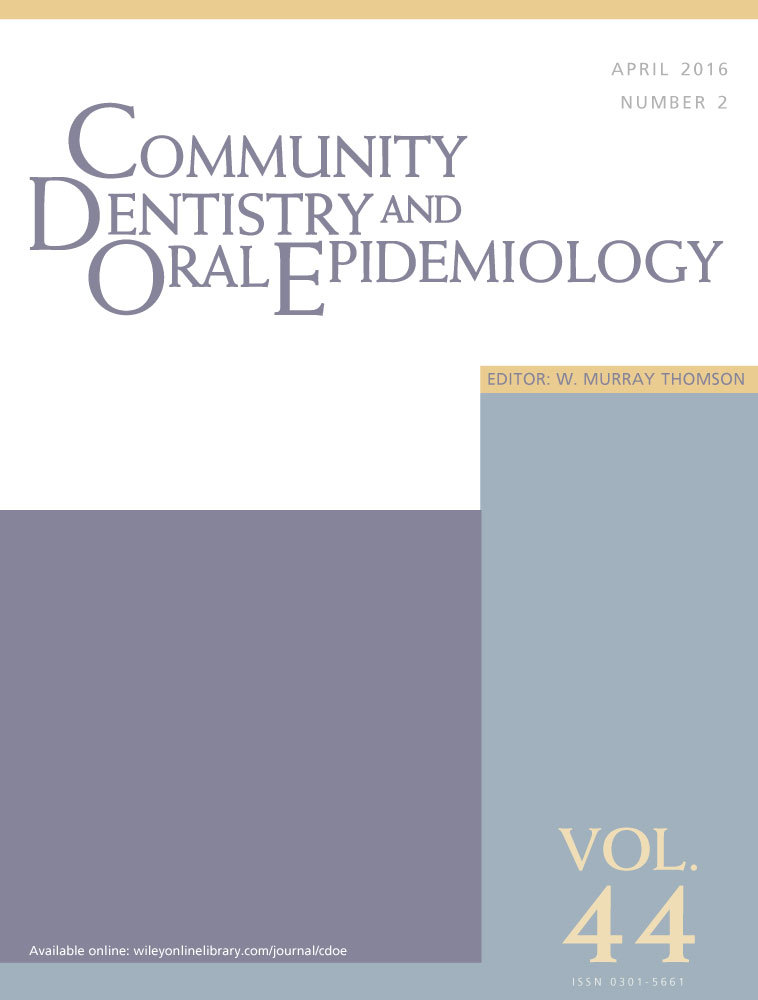The cost-effectiveness of smoking cessation services provided by general dental practice, general medical practice, pharmacy and NHS Stop Smoking Services in the North of England
Abstract
Objectives
To compare the cost-effectiveness of smoking cessation services in general dental practice (dental), general medical practice (GMP), pharmacy and NHS Stop Smoking Services (NHS SSS) from the perspective of the provider and the perspective of the NHS.
Methods
Retrospective monitoring data from NHS Bradford were accessed for any client attending a smoking cessation advisor within one of four commissioned smoking cessation services delivered by and within dental, GMP, pharmacy and NHS SSS (July 2011–December 2011). The treatment outcome of interest was ‘quits’ (effectiveness), and costs were assessed using incremental cost-effectiveness ratios (ICER) which compared each service setting against usual care (NHS SSS). All data were analysed using SPSS 19.
Results
For verified quits, only pharmacy services showed a lower mean cost per client and a higher proportion of CO verified quits than the other services. For both verified and self-reported quits dental services showed a slightly higher proportion of quits than NHS SSS; however, the mean cost per client was higher (£278.38 for an increase in quits of 1%). The GMP services were dominated by the NHS SSS, in as much as they were both less effective (a smaller proportion of quits and more expensive). This finding also holds true when we compared GMP services and pharmacy services.
Conclusions
From the perspective of the service provider and the NHS, the service considered to be ‘cost-effective’ when compared with ‘usual care’ (NHS SSS) was pharmacy services. This research has identified variations in service costs and effectiveness of services through the analysis of a pragmatic data set. Given the exploratory nature of this research, further research should explore the impact of service/location selection on uptake and cessation rates.




